The shortage of skilled workers has emerged as a significant challenge across industries all around the world. WIth technologies associated with Industry 4.0, characterised by automation, robotics, and advanced technologies, a demand has arisen for a new breed of skilled labour. However, the supply of qualified workers has not kept pace with this demand. Fortunately, digital work instructions (DWIs) have emerged as a powerful solution to address this industrial skills shortage.
Understanding the Industrial Skills Shortage
According to a report by Deloitte and The Manufacturing Institute, the United States is facing a significant skills gap, with an estimated 2.1 million manufacturing jobs projected to go unfilled by 2030 due to a lack of qualified workers. This is a common problem faced by other industrial sectors, including construction, aerospace, and automotive, and seen across the global. Digital work instructions are the key to solving this problem.
The Impact of the Skills Shortage
The industrial skills shortage has far-reaching consequences, including:
- Reduced Productivity: Shortages of skilled workers can lead to decreased productivity, longer lead times, and delays in project completion. This, in turn, affects a company's competitiveness and profitability.
- Increased Costs: Employers often have to offer higher wages and benefits to attract and retain skilled workers, driving up labour costs.
- Safety Concerns: In industries where safety is paramount, such as manufacturing and construction, a shortage of skilled workers can lead to an increased risk of accidents and injuries.
- Innovation Hurdles: Lack of skilled labour can impede the adoption of new technologies and innovation, hindering a company's ability to stay competitive in the market.
Digital Work Instructions: A Solution to the Skills Shortage
Digital work instructions are a game-changer in addressing the industrial skills shortage. DWIs are digitised, step-by-step guides that provide workers with clear, interactive, and easy-to-follow instructions for completing tasks and processes. Here's how DWIs are making a difference:
- Accessibility: DWIs are accessible on a variety of devices, including mobiles, tablets and wearables. This means that workers can access instructions on the shop floor or in the field, reducing the need for specialised training.
- Visual Aids: Many DWIs include images, videos, and animations, making it easier for workers to understand complex procedures, even without extensive training.
- bDWIs ensure that every worker follows the same set of instructions, promoting consistency in quality and reducing errors.
- Real-Time Updates: DWIs can be updated in real-time, ensuring that workers always have access to the latest procedures and best practices.
- Onboarding and Training: DWIs streamline the onboarding process for new employees, helping them get up to speed quickly.
Industry Statistics on Digital Work Instructions Adoption
Let's take a look at some industry statistics that highlight the impact of DWIs on addressing the skills shortage:
- Manufacturing: In the UK, the manufacturing industry is also turning to digital work instructions to address the skills shortage. A survey by EEF, The Manufacturers' Organization, revealed that 65% of UK manufacturers are actively investing in digital technologies, including DWIs, to improve workforce skills and productivity.
- Construction: The construction industry is experiencing a similar trend worldwide. According to a report by Global Industry Analysts, Inc., the global market for digital work instructions in construction is expected to grow at a CAGR of 9.5% between 2021 and 2028, driven by the need to bridge the skills gap.
- Aerospace: Boeing reported a 40% reduction in assembly errors after implementing DWIs in their production processes, resulting in significant cost savings and improved product quality.
So in conclusion, the industrial skills shortage is a pressing challenge that can have dire consequences for industries worldwide. However, digital work instructions have emerged as a powerful tool to mitigate this shortage. With their accessibility, visual aids, consistency, real-time updates, and training capabilities, DWIs are transforming industries and helping bridge the skills gap. As industry statistics demonstrate, companies that embrace digital work instructions are reaping the benefits of increased productivity, reduced errors, and a more skilled workforce, ultimately positioning themselves for success in the Fourth Industrial Revolution.
Contact us to find out how WorkfloPlus, can help you digitalise your training and onboarding program to address the skills shortage.



































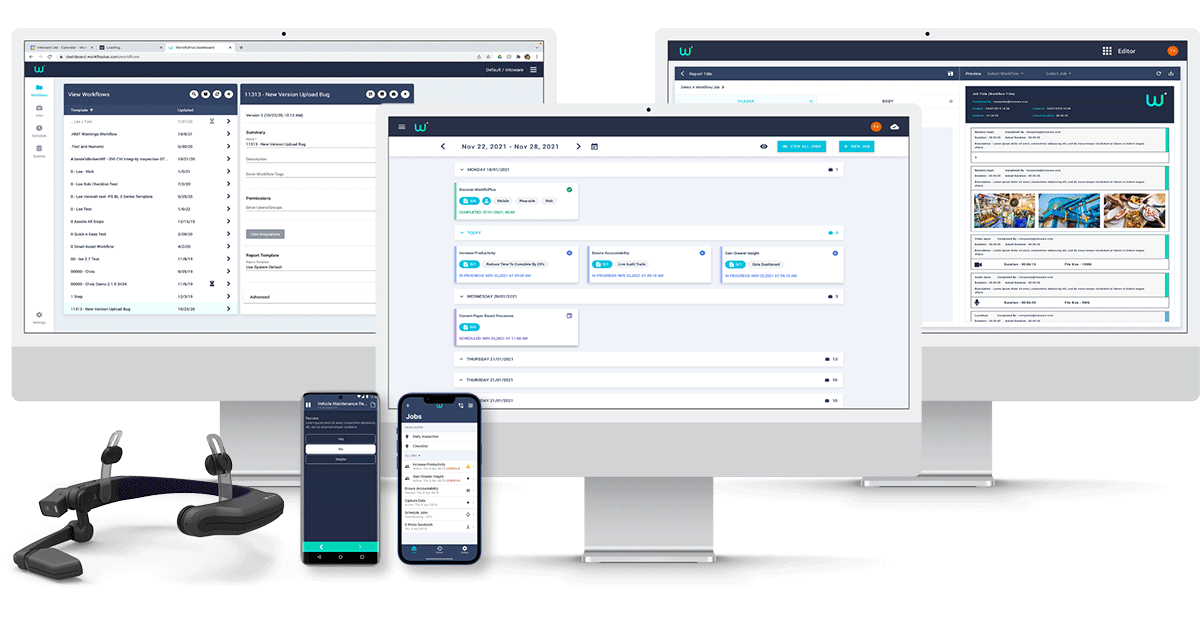


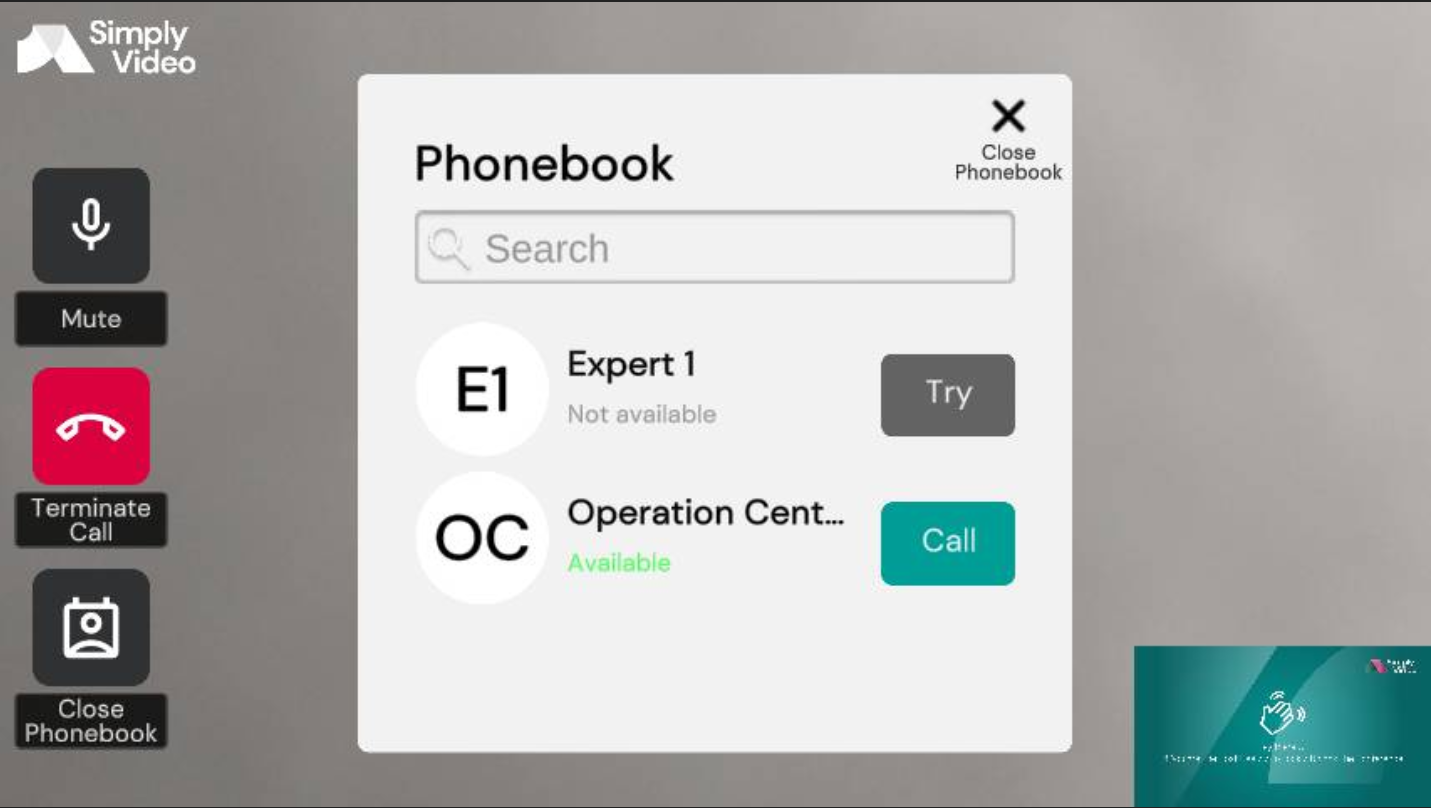








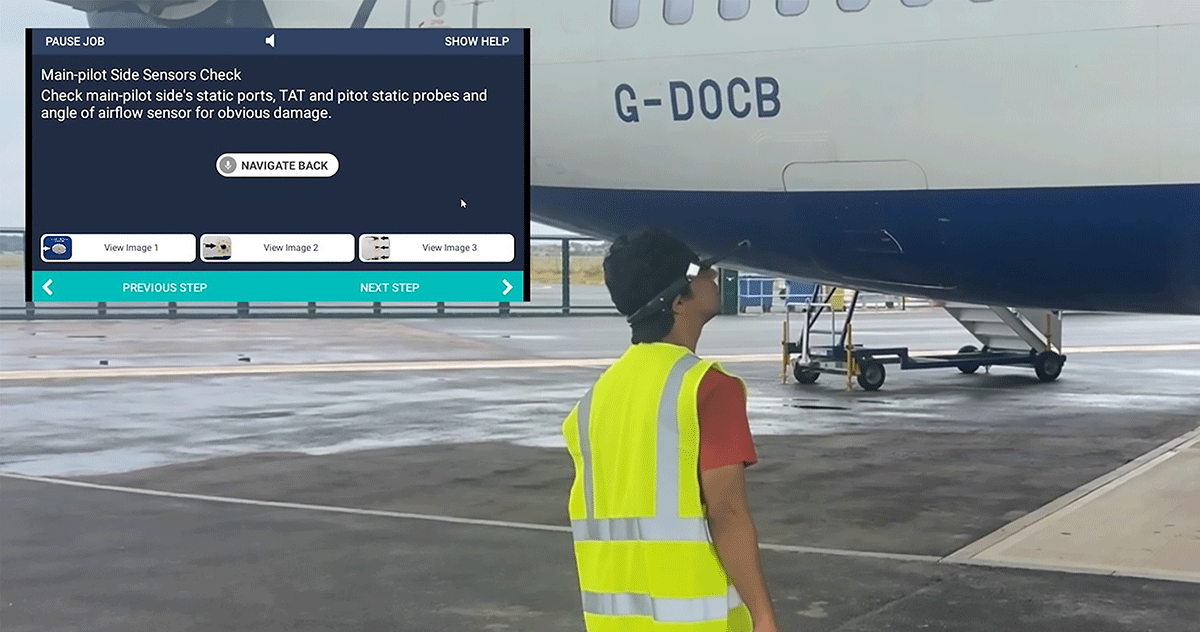
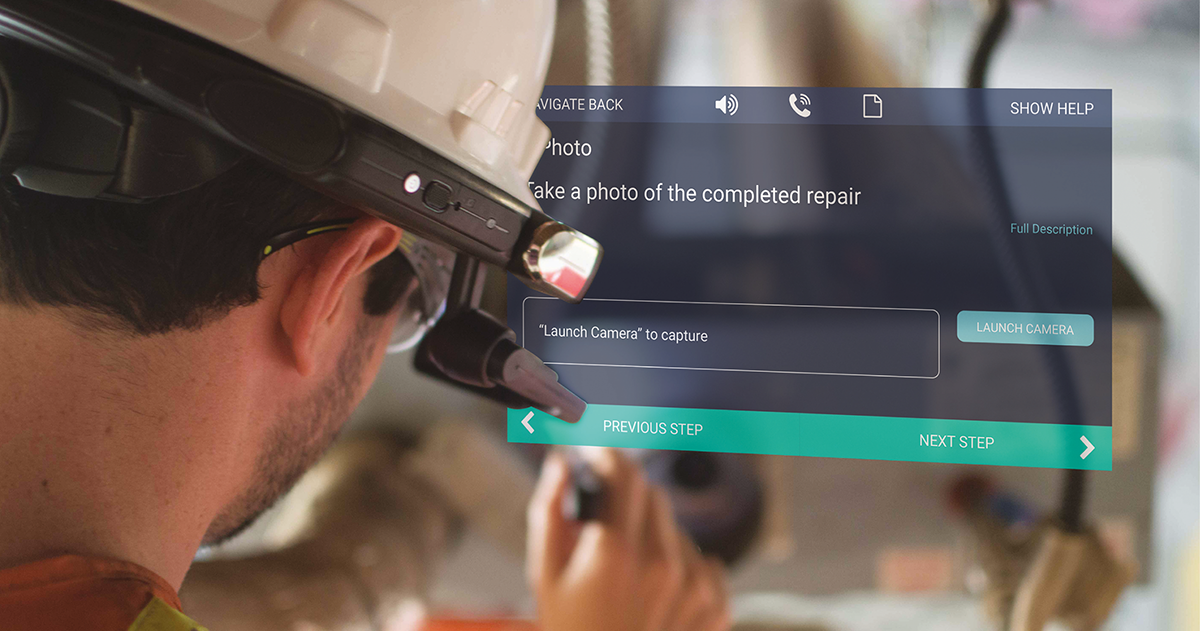























.jpg)










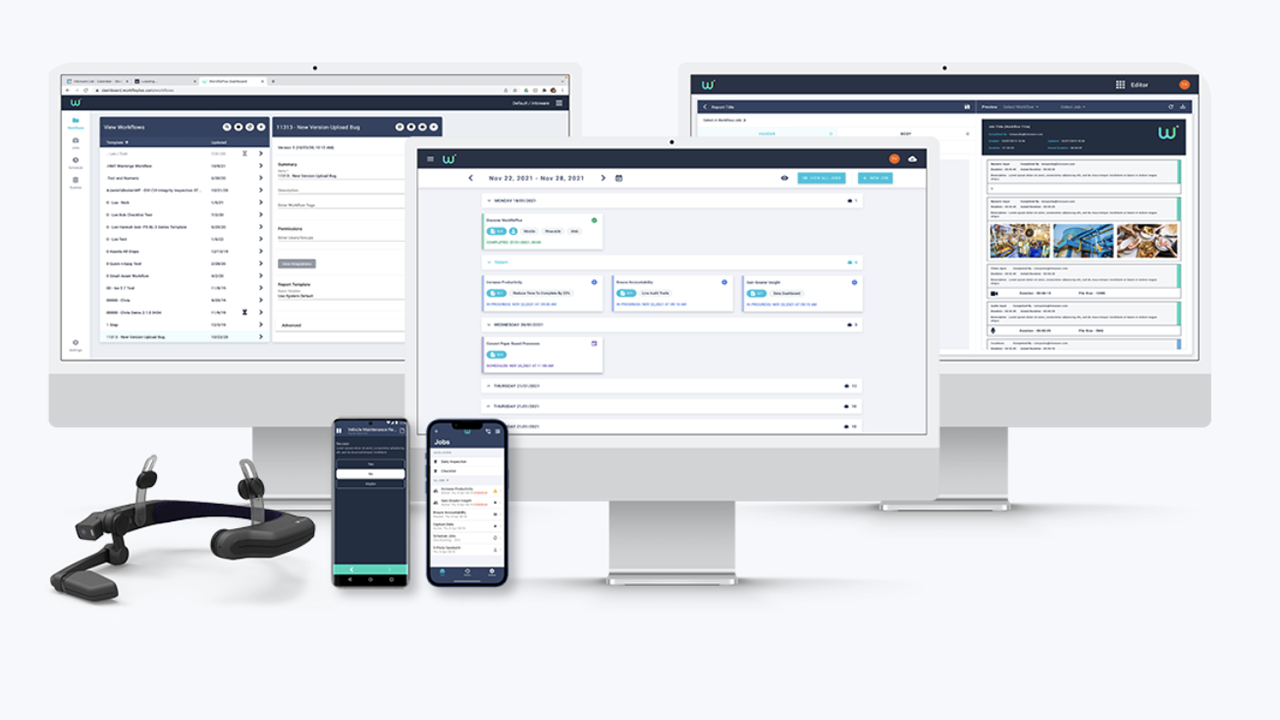





.gif)







